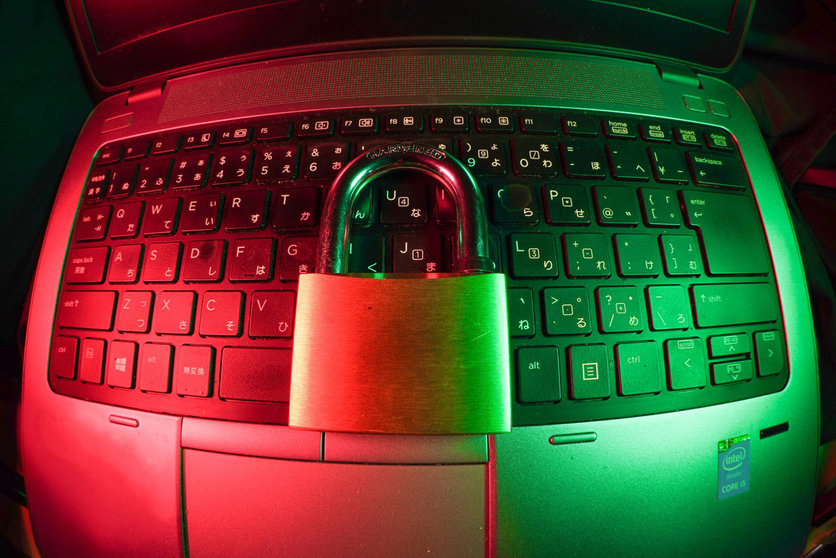Following increased waves of worldwide cyberattacks in 2019, the Finnish government rewrote its cybersecurity strategy. Today, they're focusing on national objectives to safeguard key functions in the cyber environment.
Finland is an essential country in terms of technology, digitalization and innovation. Their cybersecurity development program is designed to surpass government terms, with upgrades to improve cybersecurity cooperation and resource allocation.
This article will take a look at the top three types of cyberattacks that businesses in Finland face. It will also provide tips that organizations can follow to increase their cybersecurity protection.
3 types of cyber attacks facing businesses in Finland
In Autumn of 2020, a cyber strike hit the parliament in Finland, targeting the email accounts of notable politicians and compromising several accounts' security.
This attack prompted Finland to rework its cybersecurity strategy as it was "a serious attack on our democracy and Finnish society," according to parliament speaker Anu Vehvilainen.
Finland wasn't the only country to be targeted – cyberattacks rose significantly as the world went on lockdown from Covid-19. Hackers took the opportunity to target vulnerable business networks' systems, phishing for secure information as workers could be more easily convinced to share from home.
The top three cyber attacks facing business in Finland and many other countries in the last couple of years include:
- Phishing – Phishing attacks have become the most widespread and damaging type of cyberattack in the world. This type of attack plays on a person's trust and emotions. A hacker or thief poses as a person in a powerful position or someone that an employee would trust and gets them to share sensitive data or account information.
- Malware – Malware is an umbrella term for any malicious attack that makes its way into a system through worms, viruses, Trojans, and other types of code. It's most often downloaded through an infected link, file attachment, or app.
- Ransomware – Ransomware attacks freeze and lock a system's hard drive until the user pays a ransom to the hacker. Like malware, ransomware can make its way onto a computer through an infected link, attachment, or app.
Ways for organizations to increase protection
As cyberattacks are on the rise, businesses need to take precautions to ensure the safeguarding of their most confidential data.
Here are a few top tips for securing business PCs.
TWO-FACTOR AUTHENTICATION (2FA)
2FA offers an added layer of security wherever it's used, and it's a good security practice to enable it wherever possible.
With 2FA, a user needs to enter regular login details as well as a security code that's auto-generated each time they enter their login credentials.
Enabling 2FA on all secure accounts ensures that even if someone knows the password, they won't be able to log in without the security code.
USING A VPN
Using a VPN is the most secure way to browse the internet. A VPN masks the IP address and encrypts all data so that hackers, ISPs, and even governments can't gain access to it.
While using a VPN protects the information being passed through the network, employees should also be taught what to look for and avoid online so that they don't fall victim to phishing attacks.
ACCOUNT BREACH MONITORING
Account breach monitoring or data breach monitoring should be done on all business computers.
Security software can be installed in which radar will monitor the system for data breaches. In the event of a breach, an appointed party will receive an alert with options for personalized actions to take to protect the accounts.
Stay educated about cyberattacks and follow the tips above to ensure your business's safety in 2021.










